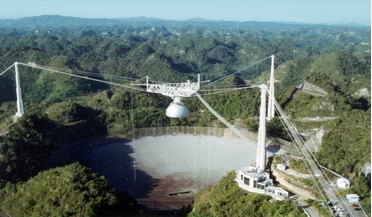 20 November 2020
The iconic Arecibo Observatory to be demolished due to safety concerns
20 November 2020
The iconic Arecibo Observatory to be demolished due to safety concerns
... technologically advanced civilisations. And, although we now know that billions of exoplanets could potentially be residing in the Milky Way thanks to telescopes such as Kepler, the first was discovered using Arecibo in 1992. The famous radio dish...
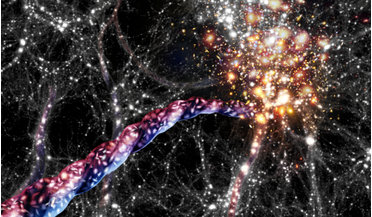 16 June 2021
Astronomers discover the largest rotating objects in the Universe
16 June 2021
Astronomers discover the largest rotating objects in the Universe
... Stretching 100, 000 light years across, the Milky Way also spins at a whopping 270 kilometers per second...astronomer at the Leibniz Institute for Astrophysics Potsdam (AIP), found a way around the problem. Instead of looking at the structure as a ...
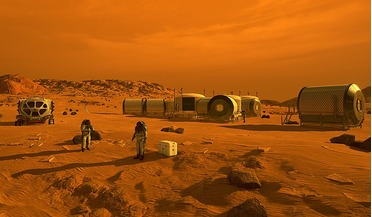 20 September 2021
Best time for a human Mars mission? During a solar maximum, new study says
20 September 2021
Best time for a human Mars mission? During a solar maximum, new study says
... the Solar System but primarily from within our Milky Way galaxy. They move through space at nearly the... before it gets too heavy and expensive to launch. There is no way to combat space radiation completely, at present anyway, but getting the timing...
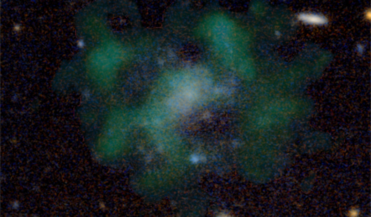 06 December 2021
Astronomers find a galaxy with no dark matter
06 December 2021
Astronomers find a galaxy with no dark matter
...October 2020. AGC 114905 is about the size of our own Milky Way but contains a thousand times fewer stars. Because of this ... the rotation speed of the gas on the y-axis – a standard way to reveal the presence of dark matter – the team’s data shows ...
 02 January 2018
Five awesome ideas for an adult's astronaut party
02 January 2018
Five awesome ideas for an adult's astronaut party
...your guests need to look the part! There are many easy and cheap ways to make a DIY astronaut costume if you like to use your hands...such as fruit loops (the rings of Saturn), milky ways and rocket ice-lollies if the weather permits. These are just ...
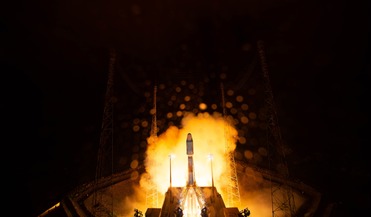 18 December 2019
After delays, ESA’s exoplanet mission launches successfully
18 December 2019
After delays, ESA’s exoplanet mission launches successfully
... and how they formed. Cheops will also pave the way for our future exoplanet missions, from the international James ...and Neptune. They seem to be the commonly found planets in our Milky Way galaxy, yet we do not know much about them. Cheops will help...